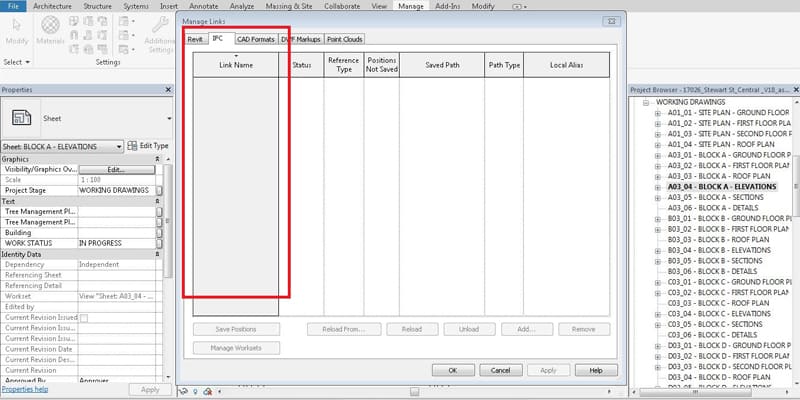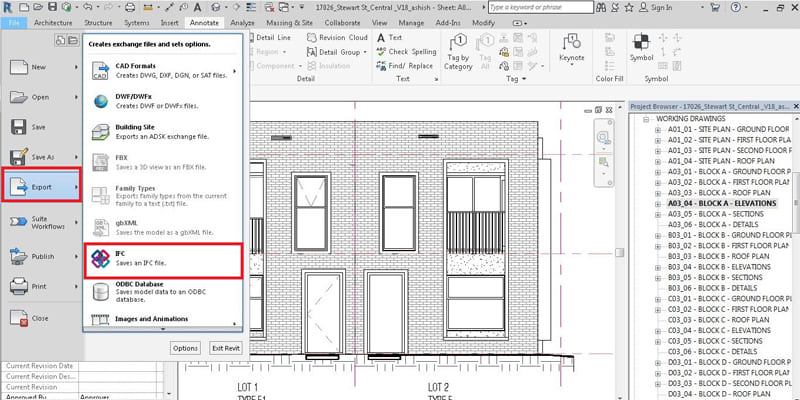The advancements in technology has brought revolution in many industries. Building & Construction is one example. This is a highly regulated industry, apparently for obvious reasons. Each day the news revolves around automation and now, there is a lot heard about IFC (Industry Foundation Classes) lately. Let us discuss what it is and how does it contribute to Building Information Modeling (BIM).
What is IFC?
The Industry Foundation Classes(IFC) is a data model that is deliberated to expound building and construction industry related data. It is a system with a neutral platform with an open file format, used to facilitate interoperability in the Architecture, Engineering and Construction (AEC) industry. This data model is basically an object-based file format developed by buildingSMART. IFC is commonly used in Building Information Modeling (BIM) based projects as a collaborative approach and being an open platform, it is not controlled by a single vendor or a group of vendors.
The IFC journey started in the year 1994 and today, it is a full-fledged model. It is registered by ISO vide ISO 16729:2013 as part of an International Standard. With the prime focus and specialization in interoperability between different software platforms, many countries have made it mandatory to integrate IFC in publicly aided building projects.

How IFC is important for BIM?
IFC aims to become a global standard for BIM data exchange. It is the most used data exchange format nowadays. For example, if you have designed a building in Autodesk Revit and now you want to import it in ArchiCAD, then IFC is the best solution to this problem. Without the overheads to manually convert these huge files, IFC is a one click solution that can simply ease out the whole process, especially when you have to send your design to various hands. You just have to import an IFC file into Revit or ArchiCAD, then the software automatically matches the file with the available library components. For example, when you open a Revit file in ArchiCAD, the door of Revit file will be replaced by the doors of ArchiCAD. This is how the conversion happens internally.
To simplify the complete understanding, let us consider an example: Imagine that you are developing a virtual design of a building in Revit and now you to send that design to your interior team support, who usesArichiCAD, or to your engineers who are using Tekla.

The challenge comes in when they want to view and understand what you have sent in the software you are comfortable using in and they are not. So, to bridge this gap of understanding, IFC was devised, which has the capability to convert files from one platform to another without losing any data.
This way, a high-performance data exchange can be achieved and a huge contribution can be seen in the bim modelling services.
Since it is an open standard, efforts are continuously being put to achieve the maximum level of finesse.







